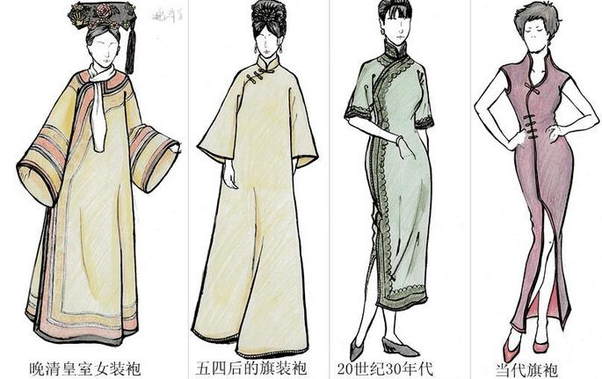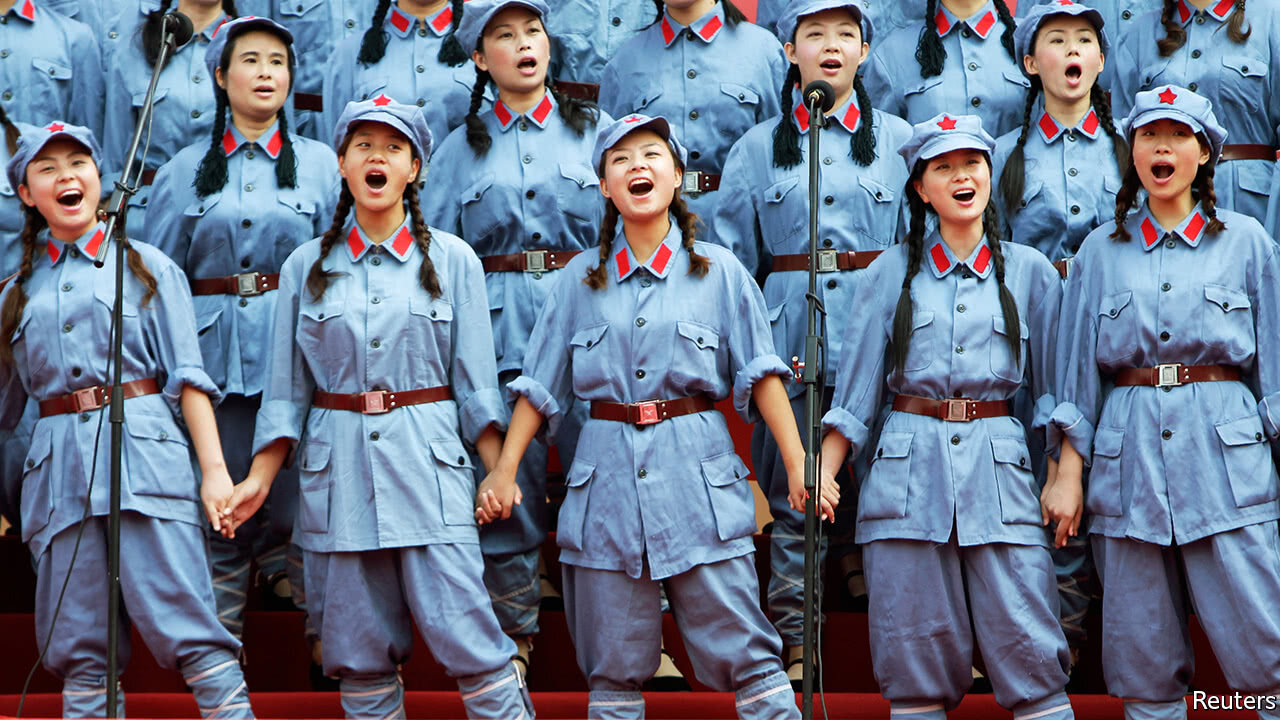Fernweh~7: China
fernweh
/ˈfɛʁnveː/
farsickness or longing for far-off places
In the last fernweh visits, I tried to write about cultures that can be considered relatively “local.” I did not want to touch upon wide geographies or histories that go so far back. It was obvious for me that I would not be able to talk about every important aspect of their traditions. Now, I understand that I basically avoided them because I was daunted. However, with the recent interviews I conducted with my friends who are from various corners of the world, I have gained a privileged access into those cultures, as my friends not only provided me with such wonderful conversations but also with their insider perspectives to their cultures.
In this fernweh, my friend Ally and I talked about Chinese clothing and traditions. A small disclaimer, we had a very hard time finding the right photos. Even though there is a great number of Chinese clothing representations, my friend told me that almost none of them represents the clothes that the commoner people wore. They are mostly the depictions of the loyal class. So, let’s say we did our best to find the photos we thought represents the Chinese clothing.
Enjoy!
SK: What does it mean to you when I say “Chinese clothing”?
Ally: There are fifty six ethnic groups in China, and each ethnic group has its own traditional clothing. The Han group is considered the biggest. Let’s not say the biggest but the dominant one. Because of this separation, the remaining fifty five groups are considered as the minority groups. To my knowledge, these days, most of the groups, including the Han group, do not wear their traditional clothes that come to mind first. Even in the holiday seasons. There is a great mainstream influence by the Western media. So, I believe that people... avoid wearing those clothes? I am not sure. However, as far as I know, there has been, and is, an advocacy of resurrecting the Chinese clothing.
Image via
SK: So, for you, Chinese clothing has a relationship to the traditions and ethnicities then. How would you describe the traditional clothing in China?
A: The clothing depends on the ruling class. Therefore, it was Han clothing most of the time. However, there were times when other ethnic groups took the lead. As I said, whoever ruled the territory of China, they had a say in the clothing. At the end of the Qing dynasty, the last ruling dynasty, the clothing turned into something very conservative. People started to pay special attention to covering their bodies. Especially women. So, in terms of design, I cannot tell something very specific, as China has a very long history. However, the final point of the “traditional” clothes was probably around that time. Therefore, it can be a good description of the last design, I guess.
SK: I see. So, there is a positive correlation between the history and the clothing. Are there any specific historical challenges that the clothing was exposed to?
A: Chinese history is so long, so complex! I guess I can take off from the Qing period. After that, there was a period that was less conservative. Around that time, for example, people--women--started to wear a dress called Qipao. It is a very tight dress produced “for” women. It was meant to show female body curves. But then, PRC is established. As a result of communism/socialism, those clothes like Qipao became luxurious. People were expected to dress the same way to secure homogeneity. The other types of clothing were not banned. However, the social norms pressured people to act that way. There were blue and green overalls and trousers everywhere. Clothes like Qipao were considered offensive. After the cultural revolution, there was a movement initiated by the president. I don’t know the exact details, but it was mainly about the cultural exchange with the West. And… And Western clothing was introduced. However, even now, not every aspect of the Western culture was tolerated. It turned out to be a partial exchange. For example, tank tops and shorts are still not welcomed. Young people do criticize, but still… The general consensus is that.
SK: How would you describe today’s clothing? Are there any major contributions to fashion, such as designers, trends, labels, weeks…?
A: I am really not very knowledgeable about that *laughs* However, The clothing I see on the streets of China is not very different from what I see here, in Woodlawn. And, I believe, there is a Chinese street trend. But I am not sure.
Image via
SK: Yes, this did not surprise me at all. Actually, I have one more question for you. Last week, while talking with a Turkish friend of mine, my friend mentioned that here some of the people have preconceived notions about her nation’s clothing. Have you experienced anything similar?
A: I haven’t had the chance to meet with people here. However, a couple of years ago, when I was in high school, I came to a summer camp in the States. My roommate was a local, and I remember that she was joking about the way I dressed. She told me that I wear boy-ish clothes. To be honest, that surprised me. Because in China, the way I dressed was very normal. There is this perception of Chinese students that they don’t care about their appearances. They wear nerdy and comfy clothes. They don’t show off or wear make up. I am not sure if this is a common thought among people, but I have a memory like that.
Thumbnail image via










